Gymno Blooms
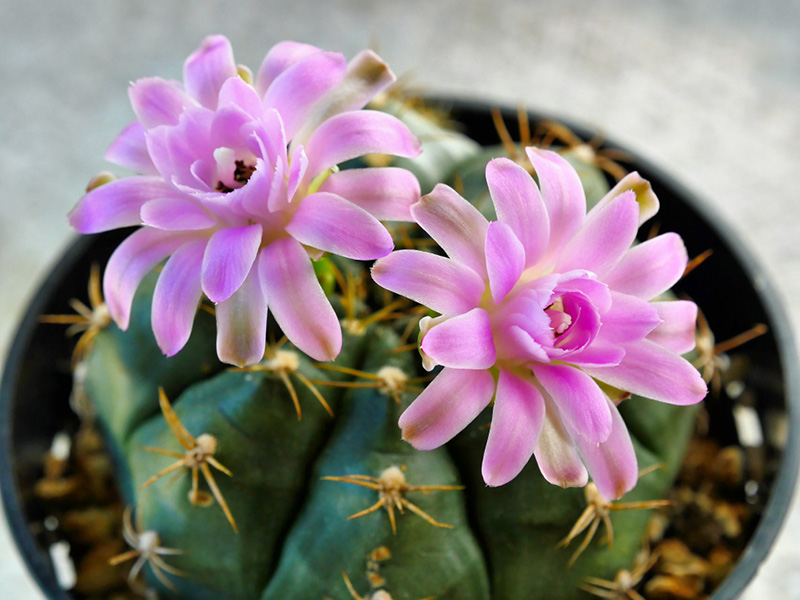
Gymnocalycium damsii: always reliable for early and persistent Barbie-pink flowers!

Gymnocalycium damsii: always reliable for early and persistent Barbie-pink flowers!
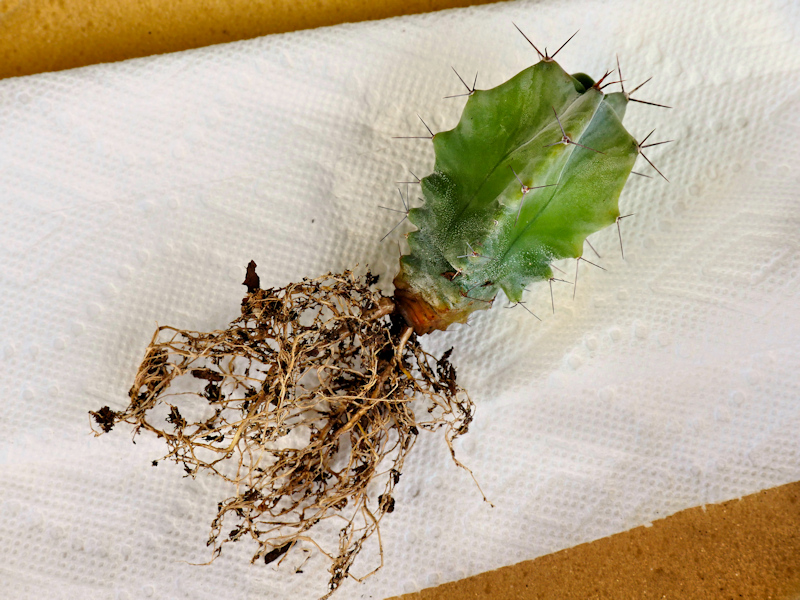
Thought you might like a quick update on the Stenocereus we bought at rescued from Walmart earlier this year. His roots are cleaned (with the exception of a few specks of peat that I’ll brush off once it’s completely dry) and ready for repotting. Rich and I always call these guys “naked cacti.” Who knows, maybe they like going commando …
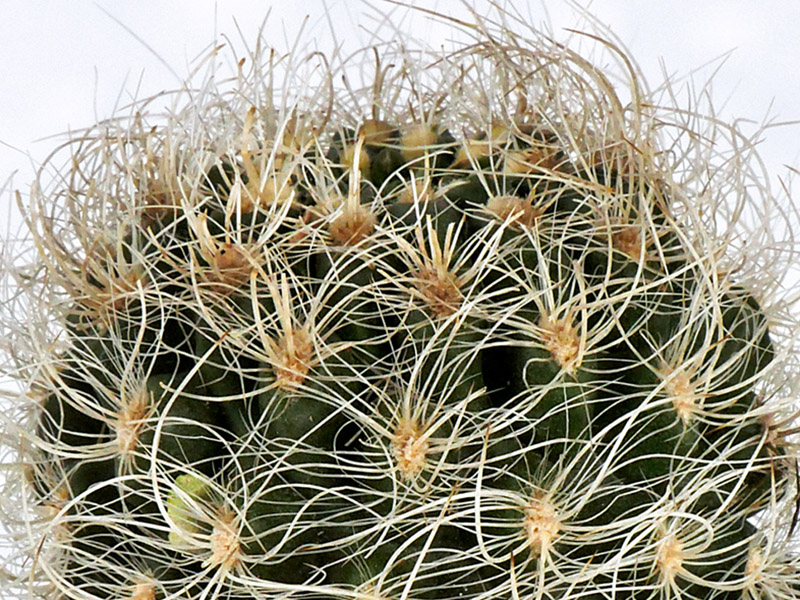
Since our last visit our local Walmart received a small shipment of cacti … adorned with the dreaded fake strawflowers, of course. We were both surprised to see a few Eriosyce among the usual suspects. We already have an Eriosyce senilis but we couldn’t resist another, smaller, specimen since it’s one of our favorites—and having more than one increases the chances we’ll actually see some of their beautiful flowers.
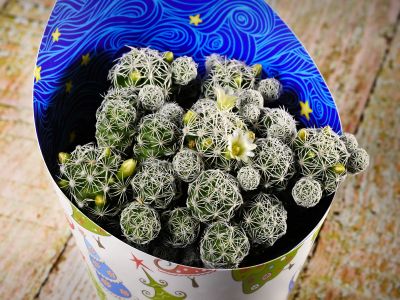
Today’s visit to the Home Despot yielded two new plants for the collection—both Mammillaria. The first one I spotted was a M. gracilis ssp. fragilis. This is such a commonly sold plant that I never felt the urge to buy one at any given time, figuring I could always order one from a reputable seller online. But for some reason I never did, although I actually really like this plant. Today this nice cluster appeared, flowering pale yellow, and I couldn’t resist. It should be a treat to repot, because the little segments pop off if you look at them sideways, which is to say, even easier than the segments of Tephrocactus. But like Tephros, the segments root readily. Mamms aren’t known for their flowers, but I like the way these flowers dot the cluster with bursts of yellow. And their rounded petals are a change from the usual pointed Mamm petals.
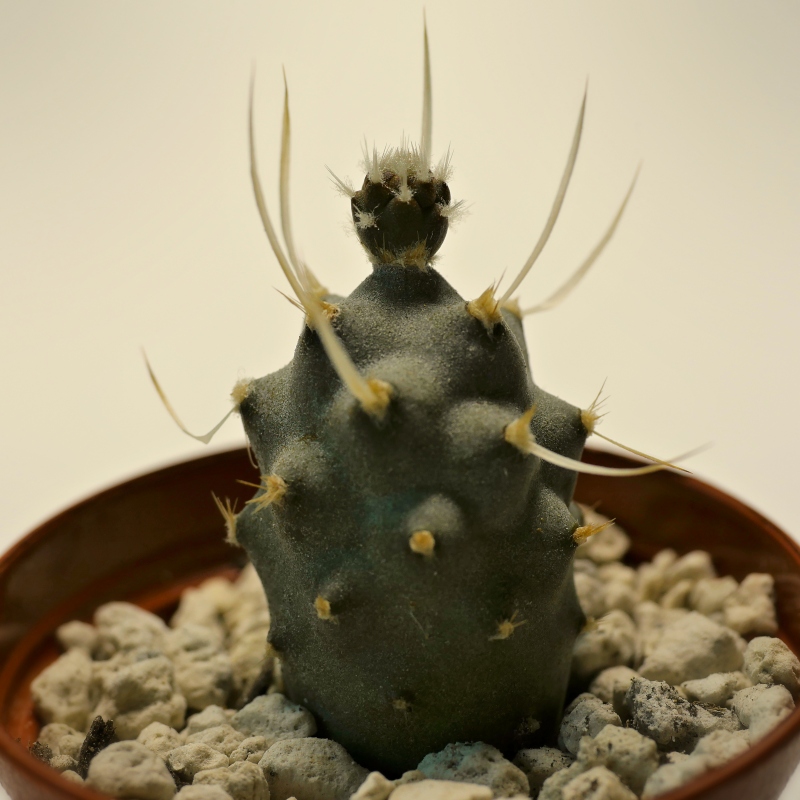
It took fewer than ten days for the tephrocactus segment that fell off our larger plant earlier this summer to root. A week or two later it started to produce a new segment! Our plan is to eventually put it back into the pot with the mother plant.
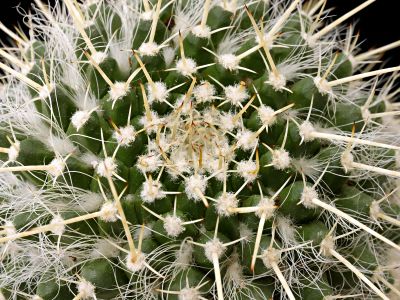
This unusual Mammillaria was discovered by Rich at the back of a shelf at the Home Despot, hiding behind dozens of other cacti. It was rather flat and unimpressive and covered with dried soil spilled from some other pot. Still, we both really liked the plant’s long white spines and wool between the tubercles. Once we got it home, repotted and eventually watered it, we were astonished! What a beautiful plant. It took up water quickly and at least doubled in size just from the water intake. Over the few months we’ve had him, the plant has grown significantly, and most noticeably, has grown very thick, shiny, silky wool to complement the white spines. I’ve read that this plant tends to have a longer growing season than many Mamms, too—only slowing down in the heat of mid-summer and the dead of winter. This Mamm branches dichotomously and eventually pups to form clusters. You can’t go wrong with this guy!
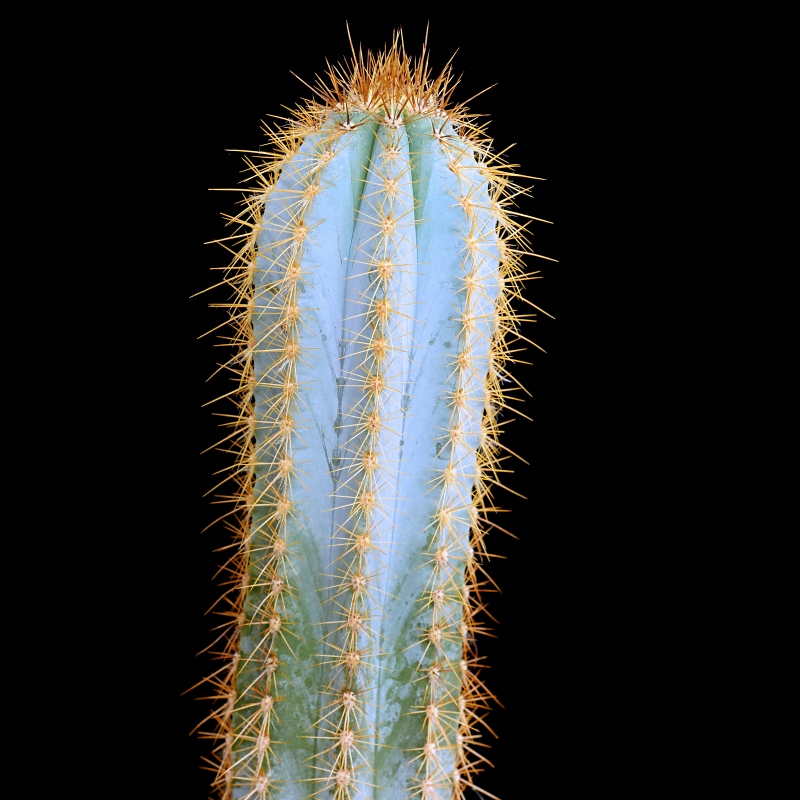
Who could resist a blue cactus?! I certainly can’t. The blue coloring is a kind of illusion: the cactus’s skin is actually green, but as a form of sunscreen it produces a whitish waxy coating that, on top of the green skin, looks blue. You can see the same waxy coating on other cacti, making them look blue to some extent, but this is more brilliant than the blue you would find on the typical, say, Parodia magnifica. (This isn’t specific to cacti—a similar coating makes blue spruce needles look blue.)
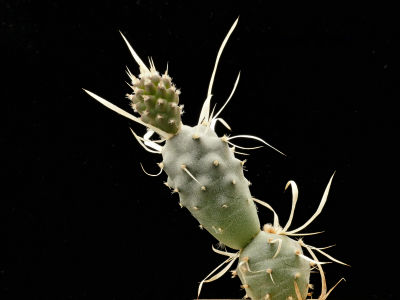
Tephrocactus is an interesting genus. Related to Opuntia, Tephrocactus grows in similar segments that are loosely connected to one another. A thorough drenching can make the segments of Tephrocactus articulatus var. papyracanthus (the “paper-spine” cactus) pop apart. That’s what happened to ours this summer, despite being careful with watering.
I work with an ILS, Sierra, that brings new and changed records into the database via “load profiles.” In the two years since I took the load profile training session, I’ve created a handful of these profiles for various projects in the library, such as loading ebook and serials records.
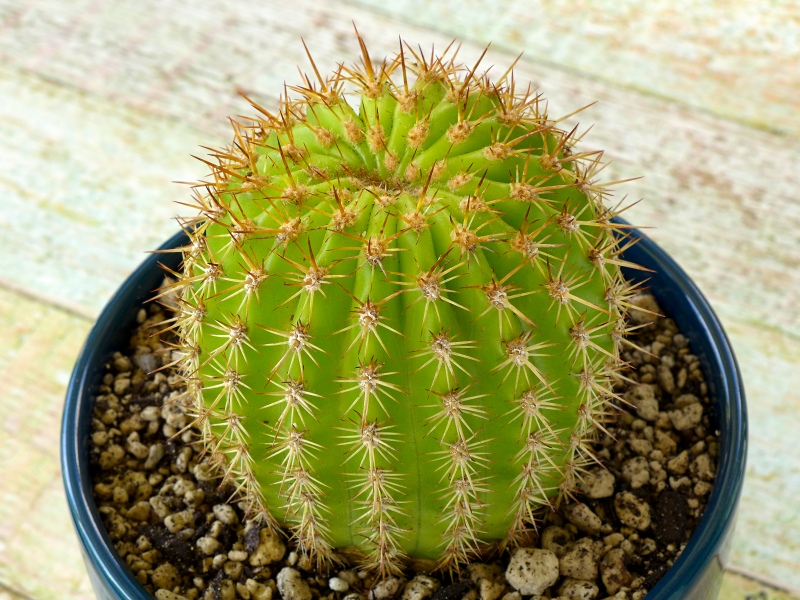
Rich and I noticed this poor cactus at the back of the bottom shelf of a wooden rack in Lowe’s garden section. We had to pull out several trays of other cacti just to reach it. The pale color is probably a result of being in low light for a significant amount of time. At least it wasn’t overwatered and doesn’t exhibit etiolated growth.